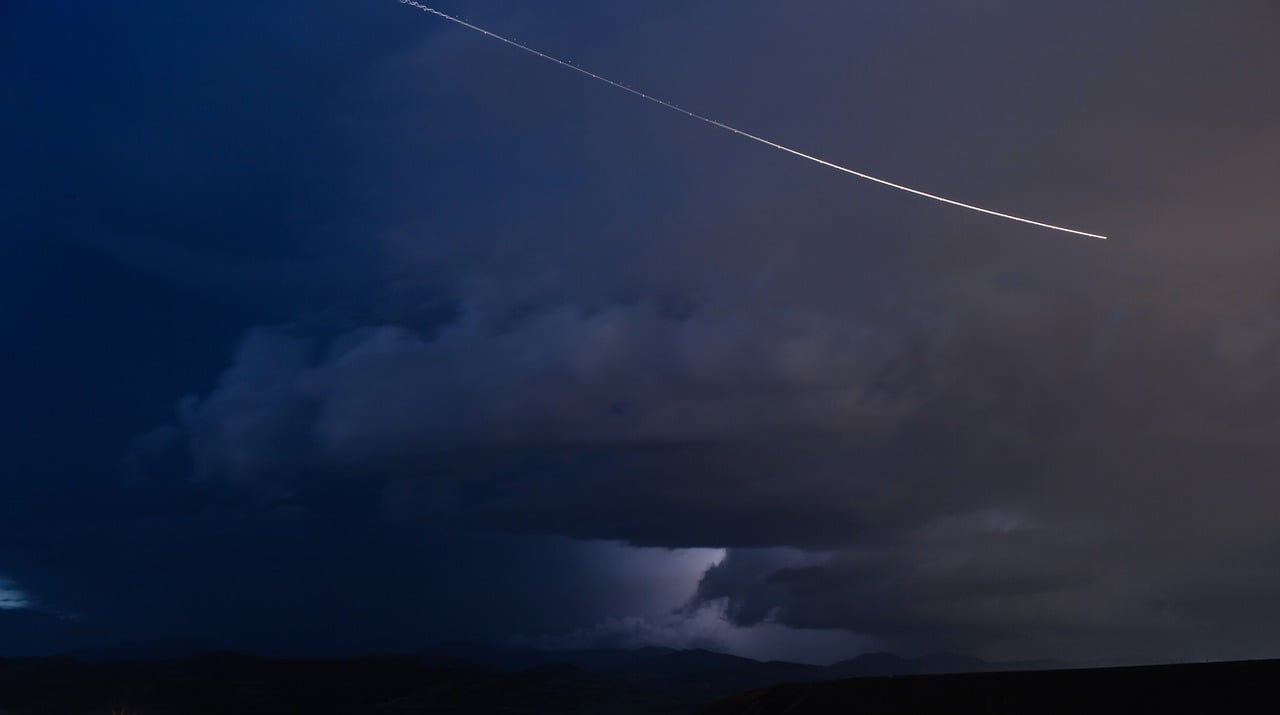The Perseid meteor shower is one of the most spectacular astronomical events to watch, and after the impressive dueling meteor showers from July, this is another event to watch out for to light up the summer night sky this summer. Between Monday, Aug. 12 and Tuesday, Aug. 13, the annual Perseid meteor shower will reach its peak, allowing stargazers to enjoy the lightshow.
“The Perseids are the most popular meteor shower as they peak on warm August nights as seen from the Northern Hemisphere,“ the American Meteor Society (AMS) said on their website. According to AMS, the shower will be at its strongest intensity during the Monday night, into the early hours of Tuesday.
The annual Perseid meteor shower brings a wonderful light show, but it’s impressive for another reason. It peaks during the warm nights of August, and brings a lot of meteors. The Perseid meteor shower is the second most prominent meteor shower after the Geminids, which peak in December.
“Up to 100 meteors per hour will occur during the peak night,” AccuWeather Astronomy Blogger Dave Samuhel wrote, adding that aside from their great number, astronomers can also enjoy their luminescence and vibrant colors that appear differently in the night sky.
However, the beautiful meteor shower may be affected by a number of conditions. The moon is in its ascendance and nearly becoming a full moon. Its bright light may wash away some meteors, making it more difficult to watch. In some parts of the States, the viewing conditions can be interrupted by cloudiness.
According to AccuWeather, the best viewing conditions will be in most of the western U.S. and the southern Plains, where the skies will be clear. However, the southeastern U.S. will be somewhat cloudy, although breaks in the clouds will be frequent enough for watchers to catch some of the brightest meteors.
The Northeast, Great Lakes and most of Canada may not have the best viewing conditions due to the forecast clouds that will cover the night sky.
Don’t worry, however. While the shower its at its peak tonight, the meteors are numerous and bright enough to be seen throughout the next few nights if the conditions are favorable. Keep in mind that if you live in a big city, you may not be able to see the meteors due to the light pollution. Make sure to retreat to darker areas to enjoy the annual Perseid meteor shower.
“People should consider viewing meteors during the nights leading up to the peak,” Samuhel said. “There will still be plenty of meteors, and, you will not have to battle as much moonlight.”
“The Perseids are most active after midnight through daybreak. However, there are so many meteors during this shower, don’t hesitate to view during the evening,” Samuhel said.
With the moon being so bright, it is best to look at the darkest part of the sky. This will help increase the number of meteors you may see.





